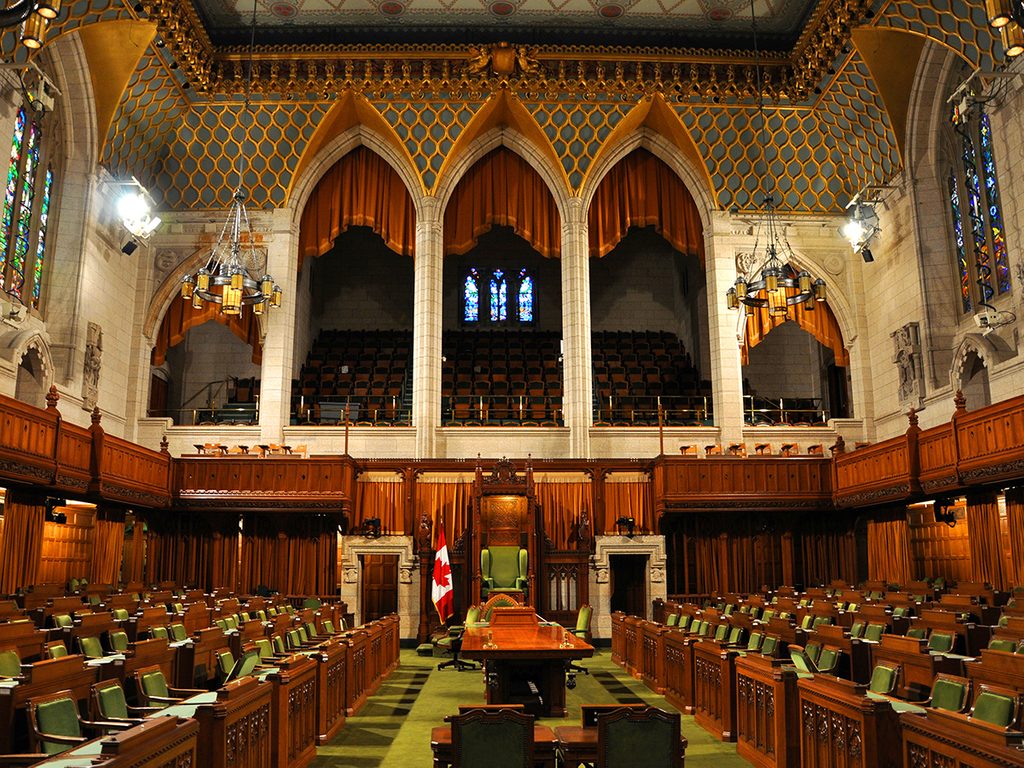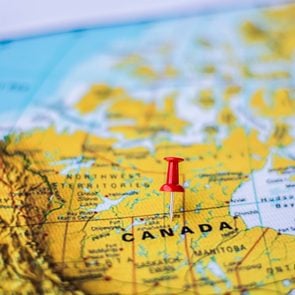What a “Vote of No Confidence” Means in Canadian Politics

Here’s what happens when Canada’s opposition parties decide they can’t support the government.
After proroguing—or ending—the parliamentary session in August 2020, Canada’s federal members of parliament reconvened on September 23rd of that year for what was touted as a high-stakes session. It seemed highly likely that members of parliament would participate in a confidence motion, which had the potential to topple Justin Trudeau’s Liberal government and trigger a federal election. Defying political commentators’ expectations, this ultimately did not happen—although a vote of no confidence is always a possibility when a minority government is in power. Here’s how it works.
What is a Vote of No Confidence?
A confidence motion asks all members of parliament to vote on whether or not they have confidence in the incumbent Prime Minister and their party.
If the Prime Minister wins a majority of the votes in the confidence motion, he or she continues to govern. If he or she loses the vote (which is called a vote of no confidence) the Prime Minister must resign, forcing the governing party out of power.
What Triggers a Confidence Motion?
There are a few ways that a vote of no confidence can arise: through one of the opposition parties explicitly stating that the House has lost confidence in the incumbent government; through a question posed by the governing party; or, through the opposing parties’ rejection of an important piece of legislature, such as the budget or the Speech From the Throne (which establishes the government’s plan for the parliamentary session).
Votes of no confidence are only successful if the incumbent government is a minority government. In a minority government, the governing party only has the most seats in the House of Commons—not the majority. This means that when it comes to a confidence motion, the opposing parties’ total votes are enough to vote out the governing party. Minority governments rely on the support of the other parties to stay in power, so they need to be able to collaborate with the opposition parties and come to an agreement on important issues to avoid being voted out on a confidence motion.
What Happens if the Prime Minister is Defeated in a Vote of No Confidence?
Once the incumbents are defeated in a confidence motion, the Governor General decides what happens next. The GG will either invite the opposition parties in the House of Commons to try to form a government (by creating a formal coalition or by having parties make agreements to vote together in the House), or dissolve Parliament and call an election.
How Often Have Prime Ministers Been Voted Out?
Federal governments have only been toppled by votes of no confidence six times: in 1926, 1963, 1974, 1979, 2005 and 2011. Most recently, in 2011, Stephen Harper’s Conservatives were ousted after the Liberals, NDP and Bloc Quebecois disapproved of the Conservative budget and came together to vote them out during a confidence motion. This prompted the fourth federal election in seven years.
Is This Strictly a Federal Thing?
Confidence motions also exist at the provincial level, and they generally work the same way—though, provincially, what happens after the vote of no confidence is up to the Lieutenant Governor. In recent history, the Liberals in British Columbia were defeated in a very narrow (44 – 42) vote of no confidence in 2017. In that case, the provincial NDP teamed up with the B.C. Green Party who agreed to vote with the NDP on important matters.
Next, find out if you could really be jailed for failing to complete the Census.






